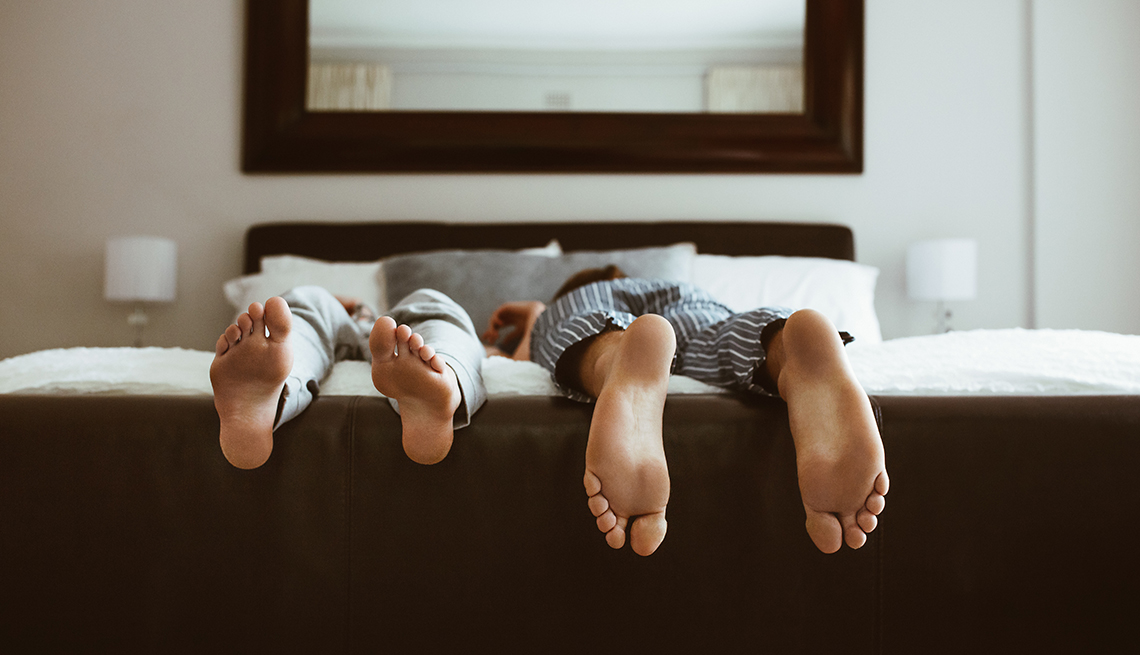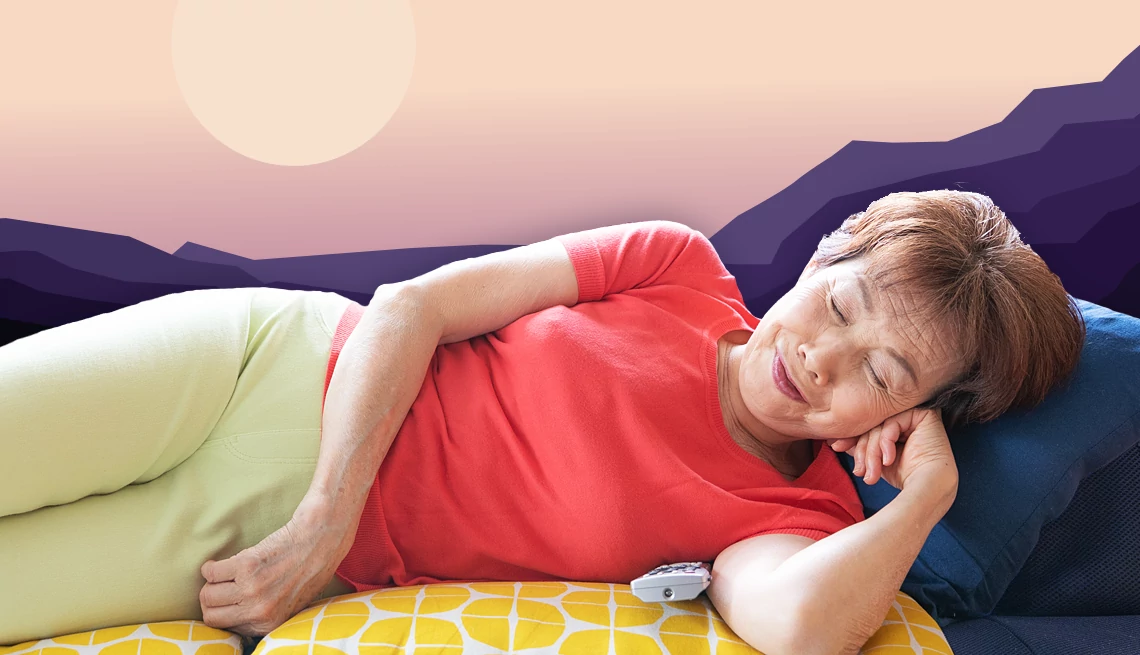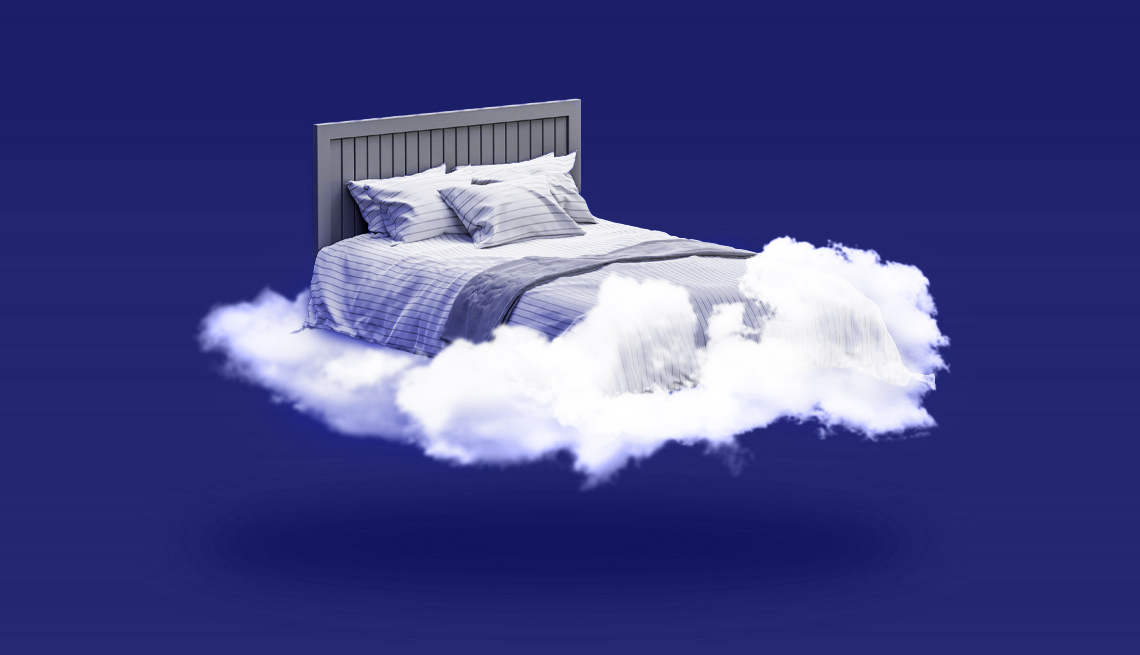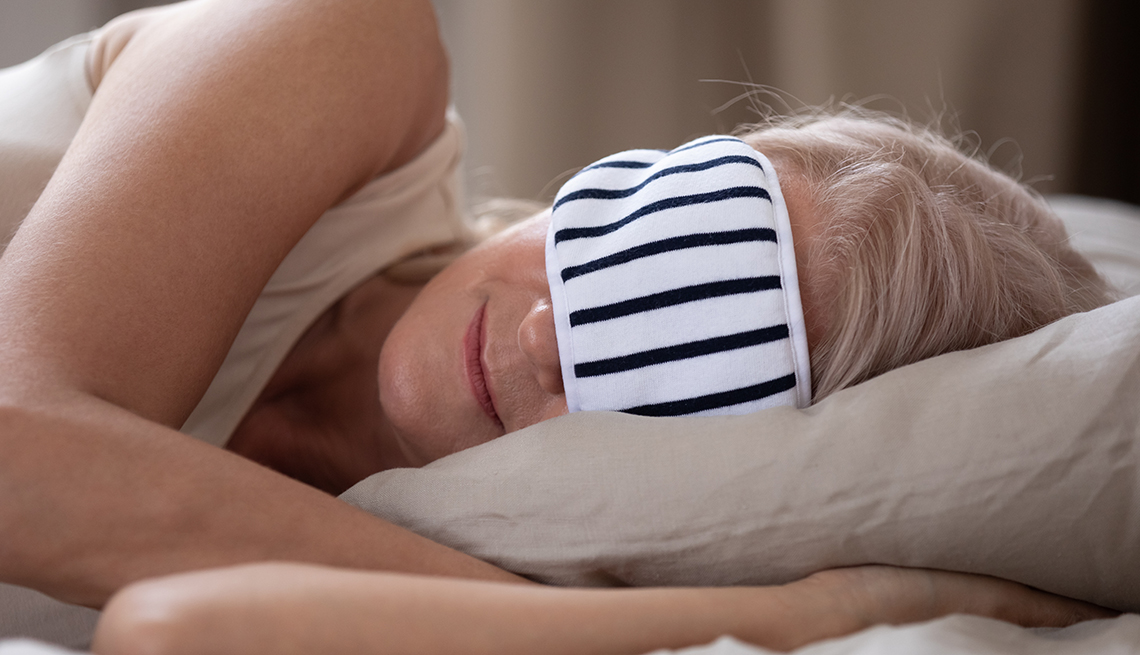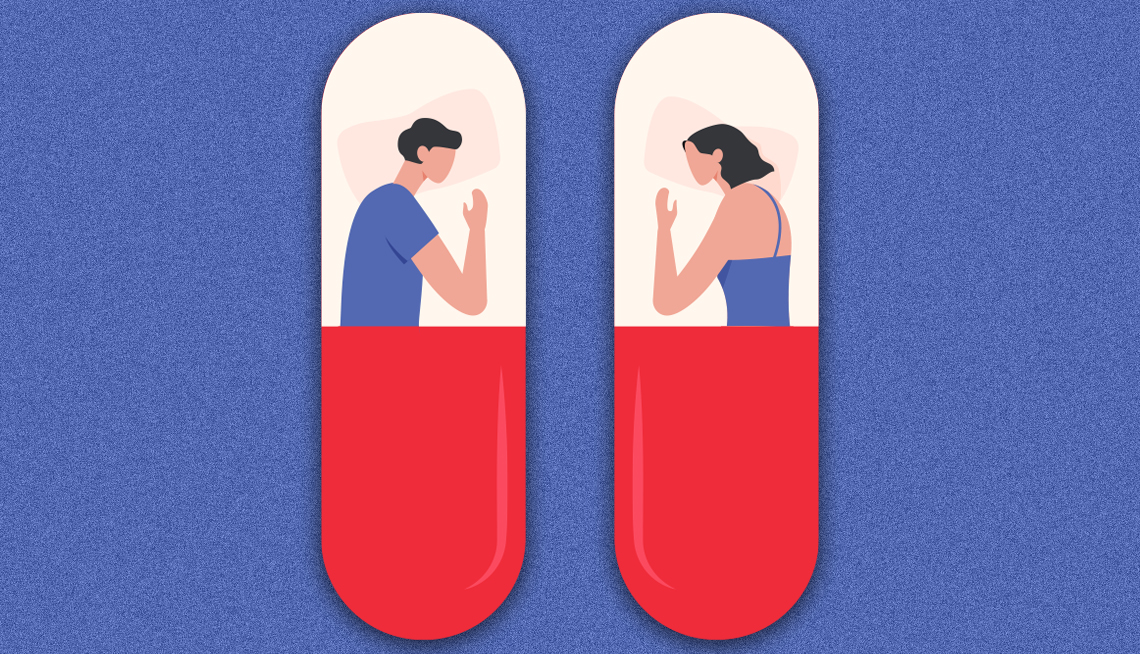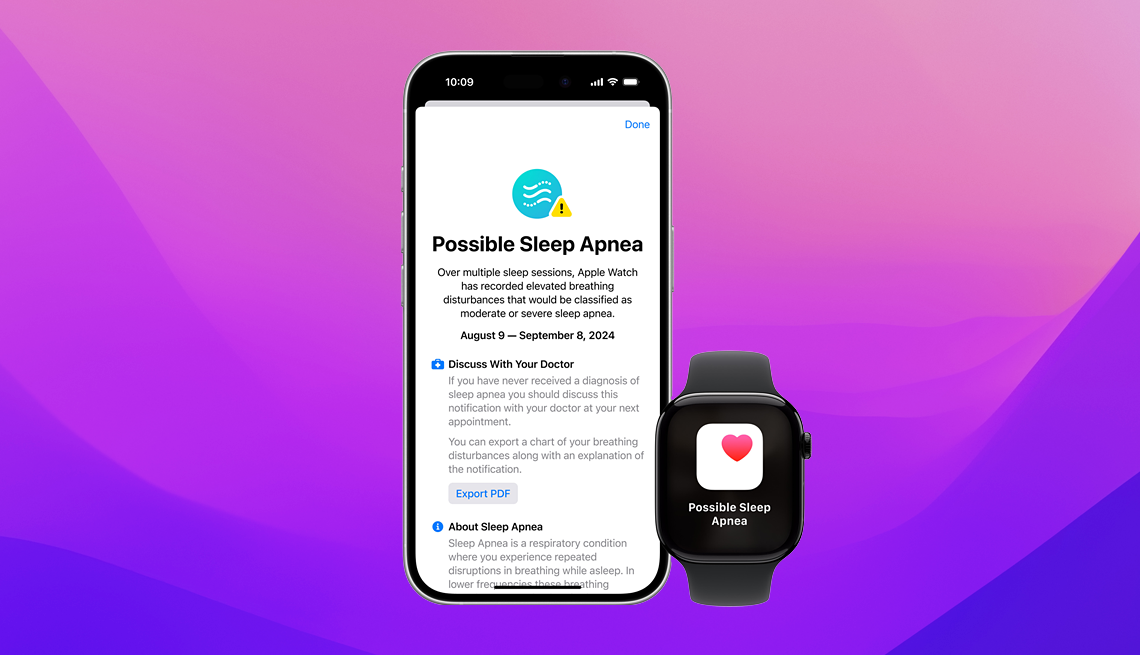AARP Hearing Center
You know how important sleep can be to your health — seven hours a night was recently deemed the ideal in one study. But it turns out that the position you sleep in — on your side, flat on your back or prone — can also make a difference in your health and well-being. Considering that you spend a third of each day in bed, that difference could be significant. That's why ensuring your sleeping on the best mattress for your preferred sleeping position can also help.
Although the experience of individuals varies, experts say some sleeping positions may improve or prevent certain health problems. Here are the preferred ways to sleep for specific concerns.
Sleep on your side to breathe better
You (or your partner) may have noticed that snoring is worse when you are lying on your back. “It can be significant if you have untreated obstructive sleep apnea,” says neurologist Rachel Marie E. Salas, M.D., assistant medical director of the Johns Hopkins Center for Sleep and Wellness in Baltimore.
Obstructive sleep apnea happens when the tissues at the back of the throat relax and close, briefly starving you of oxygen. This leads to multiple awakenings during the night as you sputter or gasp for air. The result: fragmented sleep and fatigue.
Snuggling on your side often takes care of the snoring, but Salas recommends getting tested for sleep apnea, which is commonly treated by wearing a CPAP (continuous positive airway pressure) device. “Eighty percent of people that meet the diagnostic criteria for apnea are not diagnosed,” she says. “But it increases your risk for heart attacks, strokes, high blood pressure and heart arrythmias.” Sleep apnea is also linked to an increased risk of dementia.

































































